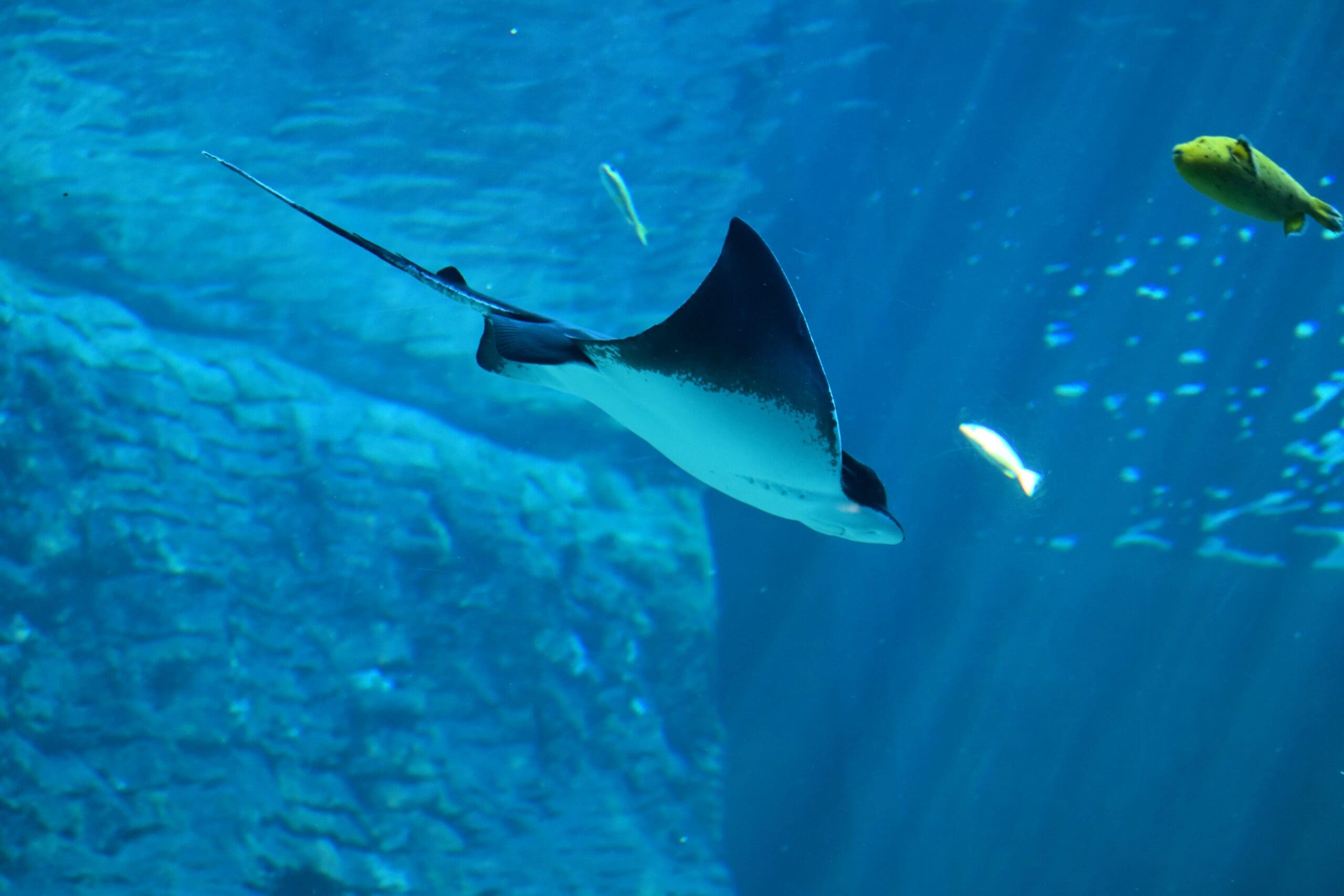Costa Rica
Country Name: Costa Rica
Capital City: San José
Population: 5 million
Official Language: Spanish
Currency: Costa Rican Colón (CRC)
Time Zone: Central Standard Time (CST)




Diving Overview
Costa Rica is a pearl set amid the Caribbean Sea and the Pacific Ocean. For adventure divers who want to plunge into unmatched biodiversity, this place is the best option. The Central American country boasts of its volcanic peaks, teeming coral reefs and multitude of marine species.
- Number of Dive Sites: Over 50 major dive sites
- Types of Diving: Reef, wreck, volcanic, drift, pelagic
- Marine Biodiversity Highlights: Manta rays, whale sharks, hammerhead sharks, and colorful coral reefs
- Average Water Temperatures: 24-29°C (75-84°F)
- Visibility Range: 10-30 meters (33-98 feet)
Important Information
Optimal Dive Seasons
December to April for the Pacific coast; September to November for the Caribbean coast
Major Airports
Juan Santamaría International Airport (San José), Daniel Oduber Quirós International Airport (Liberia)
The Travel Tip
Pack a 3mm wetsuit for most regions; 5mm wetsuit for cooler waters around Cocos Island
Weather Patterns
Tropical climate with a dry season (December-April) and a rainy season (May-November)
Internal Transportation
Domestic flights, buses, and car rentals widely available
Attractions
Rainforests, volcanoes, hot springs, national parks, and adventure activities like zip-lining and white-water rafting
Top Dive Regions
Dive conditions are made dynamic by this nation’s unique geography as well as oceanic attributes which test brave divers’ skills while still rewarding them; therefore it becomes an ideal destination for those who wish to explore deep into the core of life forms under water and enjoy excitement brought about by new discoveries at every bubble stop.

Cocos Island
Renowned for its pelagic species, including hammerhead sharks and giant manta rays.

Guanacaste
Known for its volcanic rock formations and rich marine life.

Catalina Islands
Famous for encounters with manta rays and various shark species.

Bat Islands (Islas Murciélagos)
Offers advanced diving with bull sharks and other large marine creatures.
Marine Life
In Costa Rica, one can visit the famous Cocos Island which is a UNESCO World Heritage site where hundreds of hammerhead sharks swim alongside manta rays, dolphins and numerous kinds of tropical fish. Bat islands have nutrient-rich waters that tempt people with chances to see bull sharks in addition to giant Manta Rays lurking around their natural habitat.
Common Species: Manta rays, white-tip reef sharks, eagle rays, turtles, dolphins, and a variety of tropical fish
Seasonal Highlights: Increased sightings of whale sharks and humpback whales during migration seasons (August-October, January-March)
-
Best time to dive in Cocos Island
Diving in Cocos Island is a bucket-list adventure for many scuba diving enthusiasts. Known for its lush marine biodiversity, thrilling drift dives, and encounters with large pelagic species, this island offers an unrivaled underwater experience. However, choosing the right time…
-
Dive sites in Cocos Island
Dive Sites in Cocos Island Introduction When it comes to scuba diving, Cocos Island stands as a true marvel. Located around 550 kilometers off the coast of Costa Rica, this secluded island is often referred to as the “Island of…
-
Overview of Cocos Island
Cocos Island, often referred to as the “Island of the Sharks,” is a treasure trove for diving enthusiasts worldwide. Nestled in the Pacific Ocean, this remote island is part of Costa Rica and is renowned for its breathtaking underwater panorama…



